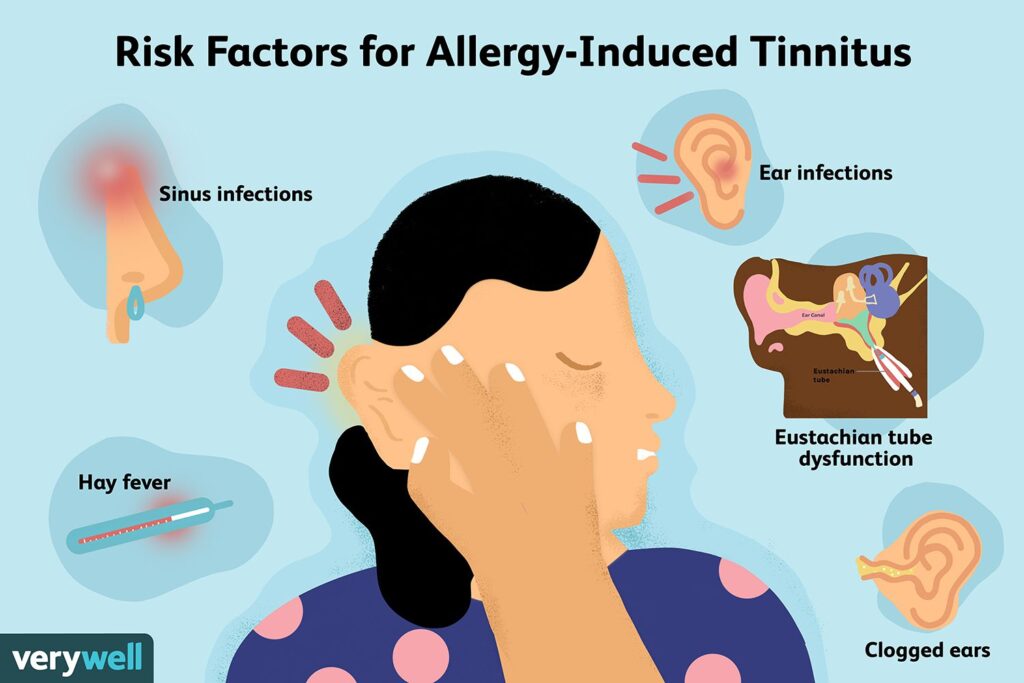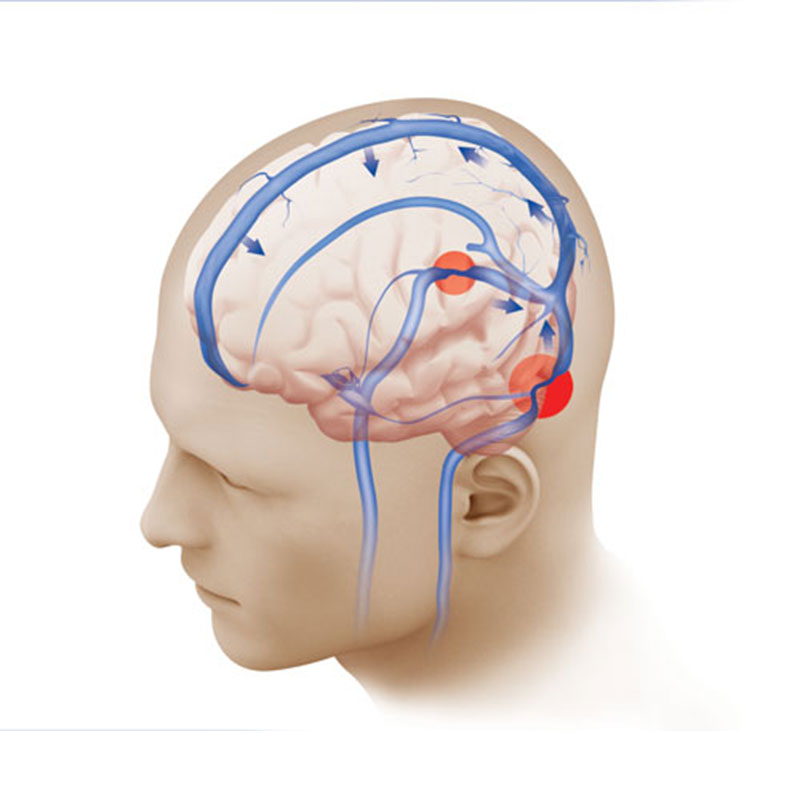Tinnitus: Is There Surgical Treatment To Help Me?

Tinnitus or “ringing in the ears” is a very common symptom in Singapore which affects many people, some of whom are so disturbed by tinnitus that they find it difficult to sleep, work or perform their usual everyday activities. But did you know there are many different types of tinnitus which patients come to see me with, as an ENT specialist in Singapore? Tinnitus can affect both children and adults, with a whole wide range of ear, nose and throat conditions which potentially may cause or exacerbate the tinnitus. Some patients already have some degree of hearing loss in one or both ears, but others may have perfectly normal hearing, even though they suffer from tinnitus. Tinnitus does not need to be a true “ringing” sound but may take other forms such as rustling wind-like sounds, whooshing, hissing, throbbing, buzzing, screeching, humming sounds and so on. The type of tinnitus sound may start off as one form and then change with time to assume other types of sounds: This doesn’t necessarily mean that things are getting worse though, so don’t panic just yet.
I usually explain to my many tinnitus patients that it is important to understand that tinnitus is a stress reflex of the inner ear nerve endings, often triggered by a flareup of stress in your life or any increase in anxiety or worry over something else. Some forms of tinnitus may present as pulsatile or “heartbeat” sounds, or sometimes as an intermittent strange twitching or fluttering inside your ear
The important question here is: Can some forms of tinnitus be treated with surgery?
Although most cases of tinnitus are subjective, meaning only the tinnitus patient is able to hear it, some types of tinnitus are objective. This means that there is an actual structural or anatomical cause underlying the tinnitus symptom. Many different ENT conditions in theory can cause irritation of the ears because the ears, nose and throat are all connected together in the same space, via the Eustachian pressure tubes. So nasal allergies (allergic rhinitis), sinus infections, laryngitis (voicebox infections), twitching spasms of the middle ear muscles (myoclonus) and even tumours may also sometimes present with tinnitus as one of the symptoms bothering our ENT patients in Singapore.
This is why it is so important to have your tinnitus properly checked out to determine the cause of your tinnitus symptoms, so that the appropriate type of treatment may be provided if possible. Remember: The cause determines the treatment of tinnitus itself!
If we look at purely-related Ear causes of Tinnitus in Singapore, then which conditions might be treatable with surgery? The following list is not exhaustive but includes a few interesting anatomical/structural problems which may respond to surgery:

- MYOCLONUS: This is a recurrent twitching or spasm of the tiny middle ear muscles which are attached to the little ear bones (ossicles) inside the ear behind the eardrum. There are 2 muscles, the first is called the tensor tympani muscle, that attaches the first ossicle (malleus) to the side of the facial nerve structure inside the middle ear; and the second is called the stapedius muscle, attaching the third ear bone (stapes) to the deeper bony wall of the ear. Both muscles perform the important job of dampening sound, which means they act to protect the inner ear from excessive loud noise exposure by reducing the transmission of sound from the eardrum into the inner ear nerve centre. Sometimes, these little muscles become extra twitchy and reactive, leading to a fluttering type of tinnitus which recurs along a variable pattern. Surgery can sometimes play a role in limiting this twitchiness of the tiny ear muscles by either injection of a local anaesthetic or even Botox to calm them down, while more severe cases may require actual surgical division/cutting of these little muscles to stop the recurrent muscle spasms (myoclonus).
- OTITIS MEDIA (EARDRUM INFECTIONS): Anything abnormal affecting the eardrum can cause tinnitus to appear, including eardrum infections where the eardrum is inflamed or even filled with infected fluid or pus behind. Eardrum infections need to be treated promptly with a course of oral antibiotics to prevent worsening eardrum swelling which could lead to a ruptured or perforated eardrum.
- RUPTURED EARDRUM: The eardrum will burst or rupture if it has been severely infected or exposed to excessive loud noise or pressure problems with the Eustachian tube linking the ear to the back of the nose. So sinus infections and severe allergy issues may lead to congestion of the Eustachian pressure tubes, preventing it from opening at the right time to equalise the ear pressure. If the Eustachian tube is blocked by thick mucus or infected nasal secretions, it cannot “pop” open easily, and this may lead to abnormal buildup of pressure or fluid behind the eardrum, which will subsequently rupture to release the trapped high pressures.
- CONDUCTIVE HEARING LOSS DUE TO OSSICLE PROBLEMS: Any form of hearing loss may cause the onset of tinnitus but if we are referring to surgically treatable conditions, then the most common condition causing conductive hearing loss is that of otosclerosis, a disease which causes fixation of the third little ear bone, the stapes. This prevents the normal movement of the stapes ear bone to conduct sound from the eardrum to the inner ear, so patients with otosclerosis will notice a gradually worsening hearing loss, sometimes in one or both ears. Luckily, surgery can repair this type of conductive hearing loss, usually with a special laser and insertion of a tiny ear implant to replace the diseased stapes ear bone, to help patients hear again.
- CHOLESTEATOMA (BENIGN BUT DESTRUCTIVE EAR CYST): This is a gradually worsening ear disease which some patients may be completely unaware of, until the disease grows out of the eardrum to cause ear infections, ear discharge, dizziness and hearing loss. In advanced cases, patients can suffer permanent or total hearing loss with a few patients even suffering brain abscess infections as complications, presenting with headaches and seizures. There is no magic medicine for cholesteatoma: Cholesteatoma needs to be surgically removed as soon as is practically possible to prevent further destruction of important ear structures such as the facial nerve which controls movement of your face, ossicles or ear bone which help you to hear and invasion deeper into the brain to cause infection and meningitis issues.
- VENOUS ABNORMALITIES IN EAR: Some patients have abnormal walls of their venous sinuses, the vessels which drain the venous blood from your brain through the ear into your neck back to your heart. Some veins are rather large and bulgy, with other veins possible growing little “pouches” called a diverticulum. If these happen, the venous bloodflow becomes turbulent and rough, leading to a noisy swirling of blood in the diverticulum and this presents as pulsatile tinnitus, often like a heartbeat sound in your ear. Some major veins in the ear may also not be covered by the usual thin layer of bone hence there is no sound buffer to prevent the transmission of the bloodflow in these blood vessels to your ear bones which can now easily pick up the bloodflow noises, presenting as tinnitus. Surgery may have a role to repair such venous abnormalities by rebuilding a layer over the vein with your own muscle and cartilage to provide a special sound buffer again.

So there you have it, some conditions which cause tinnitus in your ears in Singapore may be treated with surgery but not all types or causes of tinnitus can be helped by surgery. Remember, tinnitus is the name of a symptom and NOT the actual cause or diagnosis. Diagnosis depends on careful history-taking and detailed examination by your friendly ENT specialist in Singapore!
Share this blog via:


